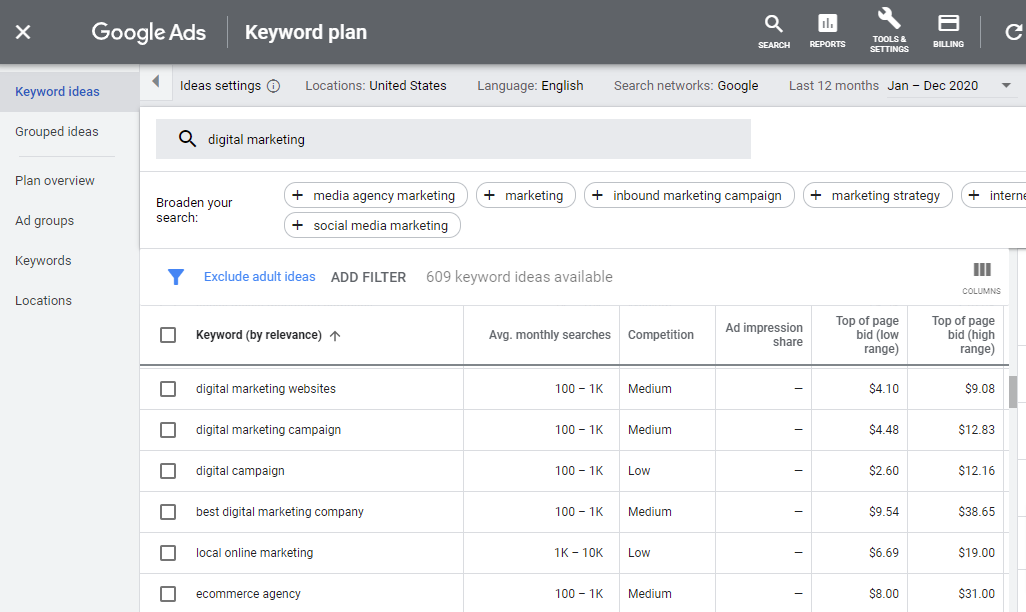How to Start a Local Business Blog
Content marketing – specifically local business blog writing – has opened the door for many small businesses to reach their target audience easily. It’s built their site authority, strengthened their rapport with prospective customers, and generated organic interest in the business’ offerings.
But if you’ve ever tried to blog, you know just how tricky it can be. Between SEO, topic selection, and calendar management, there’s a lot to juggle.
So to help you get started, we’ve put together a step-by-step guide to creating a successful local business blog. Let’s get started!
1. Research Your Target Audience
You can’t just create content that promotes your products and services and assume that people will care. Since content marketing is about helping your target audience, you need to know who you’re talking to and what they actually need. This includes their pain points, interests, questions, and knowledge gaps.
To an extent, you also need to know their demographics, as your style of writing and word choice will be tailored to the personality and preferences of the reader.
For example, a pediatric dentist might write in an empathetic and professional manner to put parents at ease. But a local restaurant might choose to be bubbly and fun to captivate a young Gen Z audience.
In any case, having a clear understanding of the person on the other side of your blog post will enable you to write more clearly and provide personalized answers – the same way you might when talking to a customer one-on-one.
2. Get Clear on Your Customers’ Awareness
Taking the previous step deeper, you also need to get clear on your audience’s awareness of your product or service. The reason? It determines the type of information you provide.
For instance, if a customer is visiting Knoxville, Tennessee and wants to find the best place for pizza, they won’t jump straight to a restaurant’s menu. They’ll likely start by reading Google reviews for highly-rated locations and digging into blog posts (like this one) to get the inside scoop.
As a result, a restaurant owner would need to create content that compares the best pizza places in Knoxville. Just focusing on their own menu would be a missed marketing opportunity.
Here are the awareness stages you need to know and cater to:
Problem Aware
At the first stage, your customers know they have a problem, and they want to solve it, but they have no idea how. (e.g., They’re hungry and want takeout but don’t know what their options are.)
Your job is to educate your prospects – to give them more information about their problem and provide easy solutions.
Solution Aware
Customers are now well-educated on their problem and know some options, but not about your business. (e.g., They know Kingston Pike has great restaurants but not yours.)
Your goal is to introduce your business and highlight your value.
Product Aware
At this stage, customers know about your business but aren’t sold. They may be comparing you to competitors or researching more deeply.
Here, your blog content should focus on convincing them why they should choose you—emphasizing value and providing incentives.
Since your leads fall into all these stages, it’s important to write diverse blog posts that address different interests and pain points. This lets you cast a wider net and appeal to more readers.
3. Sort Out Your SEO
Once you know what your customers want, it’s time to plan your content—and that begins with keyword research.
Keywords are the bridge between you and your audience, often via a SERP. Finding the right ones early on helps you write discoverable blog posts. Without them, great content can still get lost.

Like paid ads, your keywords should focus on your business category. You can use long-tail variations or localize them—like “top Knoxville marketing agencies.” You can also dive into sub-topics such as content marketing, blogging, SEO, and more.
Prioritize these keyword categories:
- High-traffic + medium competition
- High-traffic + low competition
- Long-tail keywords (lower volume, higher conversion rate)
- Location-specific keywords
Once you have a solid keyword list, you’ll be ready to optimize for SEO with LSI keywords, image optimization, and link-building.
4. Select Local Business Blog Post Topics
Now that you have your framework, start building your blog post list by customer awareness stage. This makes content creation easier and more focused.
29 Ideas for Your Local Business Blog
- Breakdown of an important industry term (e.g., “what is” post)
- Roundup post of you and competitors (example)
- Direct comparison with a competitor
- How-to article with DIY tips (example)
- Explanation of why a problem exists (example)
- Upcoming events or competitions
- Listicle of innovations in your industry
- Benefits of buying local
- Highlight benefits of popular products or services
- Announce new offerings (explain why!)
- Old vs. new product breakdowns (example)
- Spotlight a team member or customer
- List of little-known industry facts
- Guide to finding local businesses
- What to expect with a service
- How to work with industry professionals
- What to invest in this year
- Trend analysis and recommendations
- Seasonal tips (example, another)
- Pitfalls to avoid
- How to prevent major problems (example)
- Tips before hiring an industry professional
- Debunking myths (example)
- Choosing the right product/service
- Industry secrets (example)
- Red flags to watch out for
- How daily habits worsen your customer’s issues
- Impact of current events on your business
- Community events your business will attend
Keep updating your list as you publish posts!
5. Build a Content Calendar
Now decide how often you’ll publish. For beginners, start with one post weekly or bi-weekly. As you grow, aim for two or three per week.
Eventually, you might outsource to a local digital marketing agency. Just stay consistent and focus on quality.
6. Plan Your Content Distribution
The final step is figuring out how to promote your blog posts.
While SEO helps with search rankings, content visibility increases with shares. Promote posts on your blog, social media, and through email marketing. Encourage sharing by your audience or partner with influencers to boost reach.
Backlinks and shares add major value to your blog content.
Write a Blog Post and Publish It on Your Local Business Blog
All the planning is great, but nothing happens until you actually write. Start typing or hand it off to a content marketing team.
Need help? Connect with our team for blogging and SEO support!





